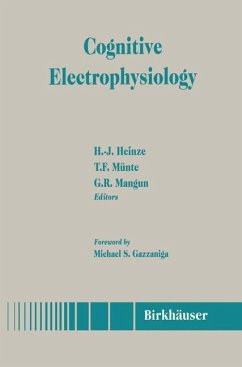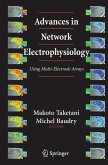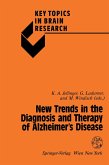MICHAEL S. GAZZANIGA The investigation of the human brain and mind involves a myriad of ap proaches. Cognitive neuroscience has grown out of the appreciation that these approaches have common goals that are separate from other goals in the neural sciences. By identifying cognition as the construct of interest, cognitive neuro science limits the scope of investigation to higher mental functions, while simultaneously tackling the greatest complexity of creation, the human mind. The chapters of this collection have their common thread in cognitive neuroscience. They attack the major cognitive processes using functional stud ies in humans. Indeed, functional measures of human sensation, perception, and cognition are the keystone of much of the neuroscience of cognitive sci ence, and event-related potentials (ERPs) represent a methodological "coming of age" in the study of the intricate temporal characteristics of cognition. Moreover, as the field of cognitive ERPs has matured, the very nature of physiology has undergone a significant revolution. It is no longer sufficient to describe the physiology of non-human primates; one must consider also the detailed knowledge of human brain function and cognition that is now available from functional studies in humans-including the electrophysiological studies in humans described here. Together with functional imaging of the human brain via positron emission tomography (PET) and functional magnetic resonance imaging (fMRI), ERPs fill our quiver with the arrows required to pierce more than the single neuron, but the networks of cognition.
Hinweis: Dieser Artikel kann nur an eine deutsche Lieferadresse ausgeliefert werden.
Hinweis: Dieser Artikel kann nur an eine deutsche Lieferadresse ausgeliefert werden.









